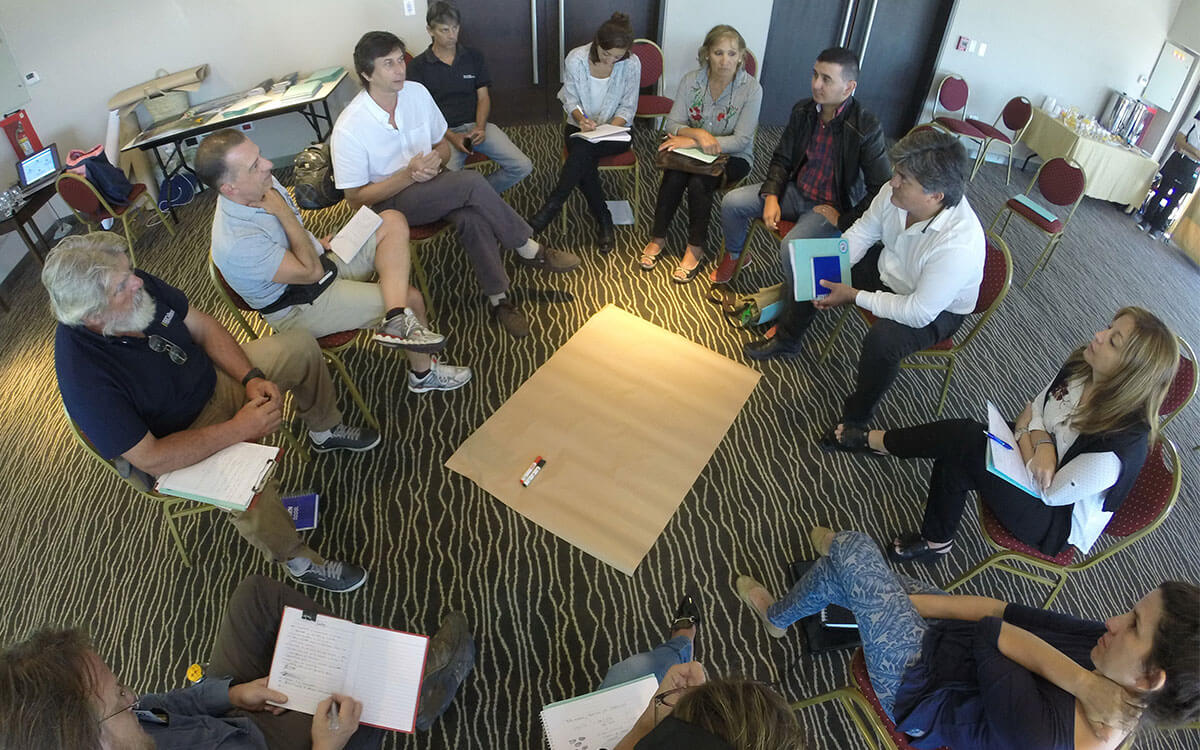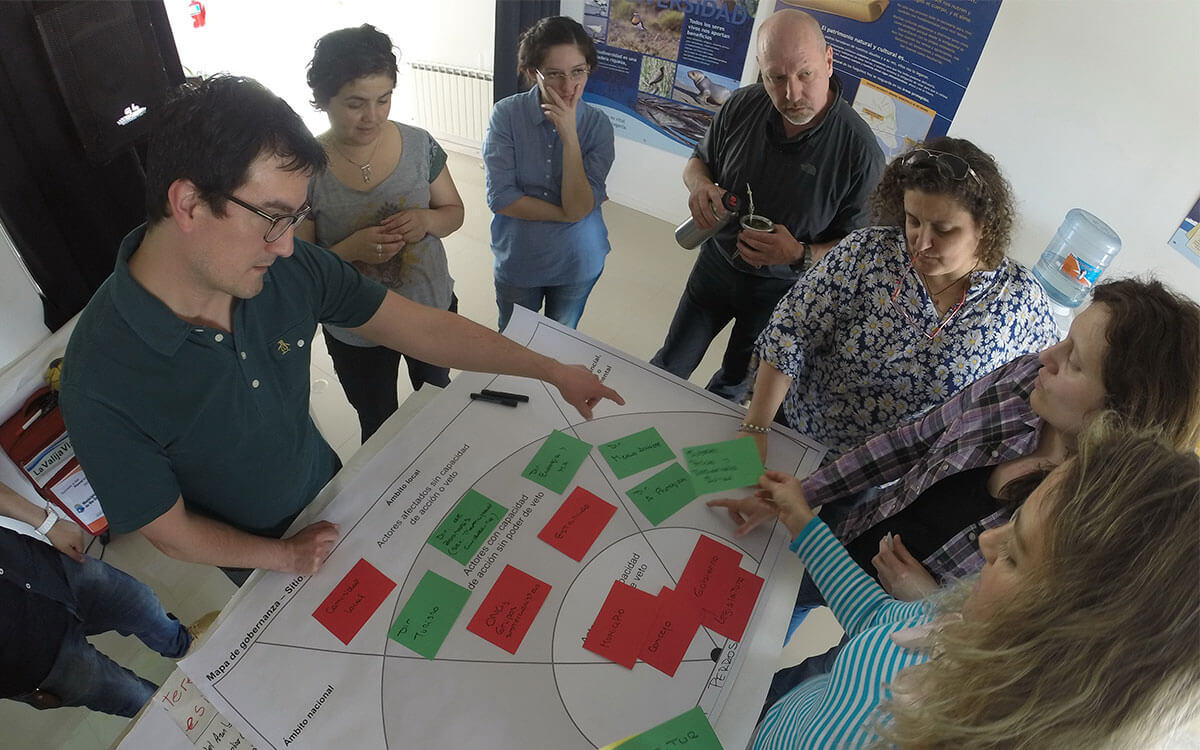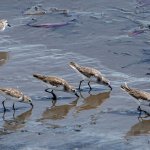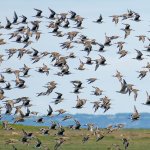Covid-19 has changed the world. We are all now dealing with a crisis the likes of which none of us have experienced before. We are all facing significant lifestyle changes, isolation, and for many the loss of loved ones and emotional effects. Every day is a challenge, for many the pandemic has come with financial challenges because of job and financial capacity losses. The socioeconomic impact in Latin America has been severe, with an estimated fall in GDP of -9.1% and the number of people now living under the poverty line increasing by 45.4 million, representing 37.3% of the population of Latin America (COVID-19 CEPAL-OPS, 2020).
It is possible that the pursuit of economic recovery will come at that expense of the environment and it is likely that these efforts could include an intensification of extraction activities and greater exploitation of natural resources, increasing the pressure on the Important Bird and Biodiversity Areas (IBAs), Western Hemisphere Shorebird Reserve Network sites (WHSRN), Ramsar sites, and other protected areas. As a result, it is necessary to ensure good governance mechanisms are in place for protected areas by strengthening the dialogue, reinforcing existing agreements and advocating the authorities and decision-makers to critical areas for conservation


Left: Good governance workshop in Mar Chiquita, Argentina. An IBA and a WHSRN Site that is becoming The Ansenuza National Park. Right: Good governance workshop at the reserve Atlantic Coast Tierra del Fuego in Argentina (WHSRN and IBA site). Photos: Diego Luna Quevedo.
It is necessary to ensure that the framework for recovery includes a more just and sustainable model by building new, more inclusive, democratic, and horizontal structures to improve decision-making processes. With this in mind, efforts seeking to achieve Good Governance must focus on:
- Reviewing schemes and current forms of government in areas of conservation interest.
- Addressing processes, beginning at the level of local territories and communities (legitimacy, sustainability)
- Strengthening advocacy with authorities and decision-making bodies
- Creating more and better alliances, and multi-level and multi-sectorial agreements (local, national, international)
- Identifying the human well-being benefits from conservation.
- Integrating local conservation efforts into a model for sustainable economic recovery.
- Tracking local development plans and including evaluation systems for measuring environmental impact.
- Seeking innovative opportunities.
These were the principal contents of the webinar “Good Governance for the Conservation of Important Areas for Biodiversity” recently facilitated by our specialist, Diego Luna Quevedo.
The WHSRN Executive Office was invited by the office of BirdLife for the Americas to lead the webinar. Even before the current pandemic situation, governance was a key challenge for the management of IBAs, and now it is truly critical. Partners from IBAs in 15 countries participated in the webinar.
Webinar participants reflected on the challenges that recovery poses for the conservation of their IBAs, and discussed strategies that might increase the impact of conservation decision-making. Itala Yépez, Head of Conservation for BirdLife International, noted that “This webinar allowed us to respond to the questions and common challenges that we face in conservation and management at the present time, and to identify critical points for a shared Good Governance agenda in the IBAs of the Americas.”
For more information about Good Governance, or to request a Good Governance Workshop at your locality, communicate with Diego Luna Quevedo. And if you would like more information about the management of IBAs in the Americas contact Itala Yépez, Head of Conservation for BirdLife International.
Cover Photo: Sanderling roost in Río Maipo, Chile. WHSRN and IBA site. Photo: Diego Luna Quevedo.






